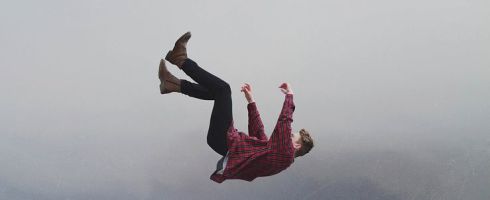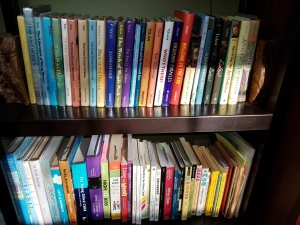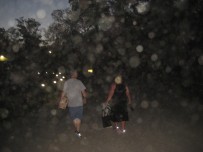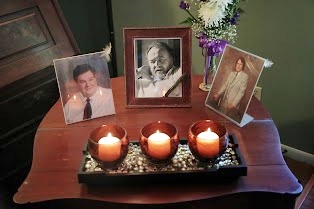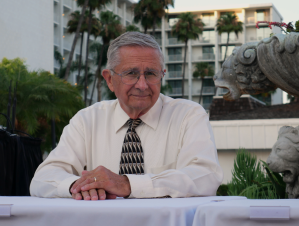Kids tend to enjoy optical illusions. And many gifted kids are struggling these days, like us, with images of the state of the world we are offered most often in our so constantly connected digital world. We may use illusions to help them (and ourselves) see things in a different way.
The image above on first look seems to be a two dimensional (flat) image of many pink roses. But for most people that is not the only way to see it because it is a stereogram, a computer-generated image made popular in the ‘90’s by Magic Eye books. For those with good binocular vision it’s possible to shift one’s focus to create a three dimensional image of a heart, that stands well “in front of” a background of roses. Both technology and my own eyes can change what I perceive.
Caveat: Those with astigmatism, or some other vision problem that affects the way their eyes work together won’t be able to see the heart at all—the image remains stubbornly one of roses. So if you can’t manage it don’t keep trying till your eyes are tired. Below are other optical illusions that work other ways.
On the left you may see either a white goblet or two profiles in black of human faces–or even both at once. On the right you can “choose to see” an old woman with dark bangs, a large nose and a sharp chin, wearing a babushka and a fur coat, or an elegant young woman with up-swept hair, a fur coat and a choker necklace, looking away. Some find it easier to see one, some the other.
All three of these images are reminders that one “picture” can offer at least two interpretations, equally real, but quite different.
And then there’s the famous story of the blind men and the elephant, where touching only one part of the elephant gives each man a totally different “vision” of what he is touching. Is it a snake or a rug or a spear, a tree or a wall or a rope?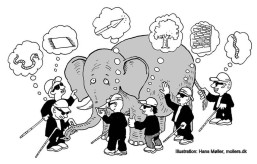 Okay, so the point here is that the idea that what you see is what you get, while very often experientially and psychologically true, is far more complex than it seems.
Okay, so the point here is that the idea that what you see is what you get, while very often experientially and psychologically true, is far more complex than it seems.
Consider a photographer who wishes to capture a landscape scene that includes a vast plain and a jagged mountain. Where she chooses to stand creates the perspective of the photograph. Is she out on the plain, looking across and up at the peak? Is she on the peak, looking down its rocky sides to the plain below? The camera captures the image before it, regardless of the location she has chosen. The other tool the photographer has is the lens. If she changes lenses, the image the camera captures changes.
But our eyes are not the same as a camera. They’re connected to our minds. And our minds are at work all the time. It isn’t just that looking at something from one physical location gives you that location’s perspective and another location gives you another. Our minds are actually always creating both the “location” itself– the mental place we’re standing–and also the focus.
I have a Face Book page called StoryHealer, where on most days I post a quotation with an image I’ve chosen to go with the words. I am always looking for positive, uplifting quotations, because the world we live in right now is full of horror stories, fear stories, hostility, anger, threat or despair. Those stories that saturate our consciousness are busy, whether we realize it or not, whether we want them to or not, creating mental/emotional locations from which it’s difficult to see anything else. From those locations and with that focus, it can become genuinely difficult to find and capture images of joy, of love, of gratitude or even of hope.
What I try to offer to those folks who find or have “liked” the page, is a different location, a different focus, from which to see the world, even for a moment. Or possibly to remind them that there is a different perspective available always.
We can do this with our kids and help them see that perspective also comes from inside us, and that we are able to do the choosing. If we are looking through a lens of our own hostility, how will we notice kindness? If we are standing on the rock of our own sense of victim-hood, how likely are we to see compassion? Or from a platform of absolute rightness, a totally different and valid-to-the-perceiver point of view?
It can be challenging to change perspective, or even to notice how where we’re standing affects what we see. And to realize that where someone else is standing inevitably gives a different view. If we can find a way of looking that connects us to the vast landscape of human caring, helping, loving, compassion and kindness that is part of our species’ nature the world may not seem quite so dark, nor other humans quite so threatening. We don’t have to “look away” or “become blind to” the dark side of human experience. Nor do we have to accept the other person’s perspective. We can, however, choose to acknowledge the difficulties all others face, and attempt to look with kindness, with compassion, with forgiveness at the larger picture. And then, to do our best to be, in our actual closeup daily experiences, as kind and compassionate as possible so we won’t find ourselves adding to the darkness the larger landscape always includes.


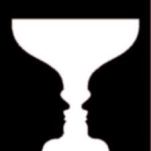




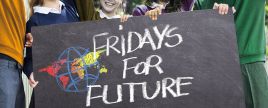
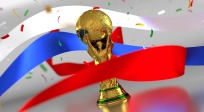
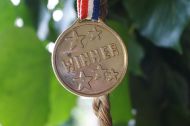

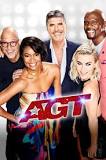



 fically), I know that it’s possible to create with words entire worlds and characters that a reader can “feel” as she reads to be somehow real, though made entirely of thought that can be shared by many other minds. So I have an overwhelming respect for human consciousness that includes both thought and imagination. And in a way, the fact that a person’s belief system can be so strong that it can dismiss any amount of external or written evidence that contradicts it, gives us a clue to the power of mind not just to gain new information, but also to reject it utterly. We writers have to pay attention to the need for our readers to sometimes “suspend disbelief” in order to stay with our story. And that can be tricky sometimes. “Seeing is believing” is a common saying. “Believing is seeing” is probably more accurate.
fically), I know that it’s possible to create with words entire worlds and characters that a reader can “feel” as she reads to be somehow real, though made entirely of thought that can be shared by many other minds. So I have an overwhelming respect for human consciousness that includes both thought and imagination. And in a way, the fact that a person’s belief system can be so strong that it can dismiss any amount of external or written evidence that contradicts it, gives us a clue to the power of mind not just to gain new information, but also to reject it utterly. We writers have to pay attention to the need for our readers to sometimes “suspend disbelief” in order to stay with our story. And that can be tricky sometimes. “Seeing is believing” is a common saying. “Believing is seeing” is probably more accurate.
